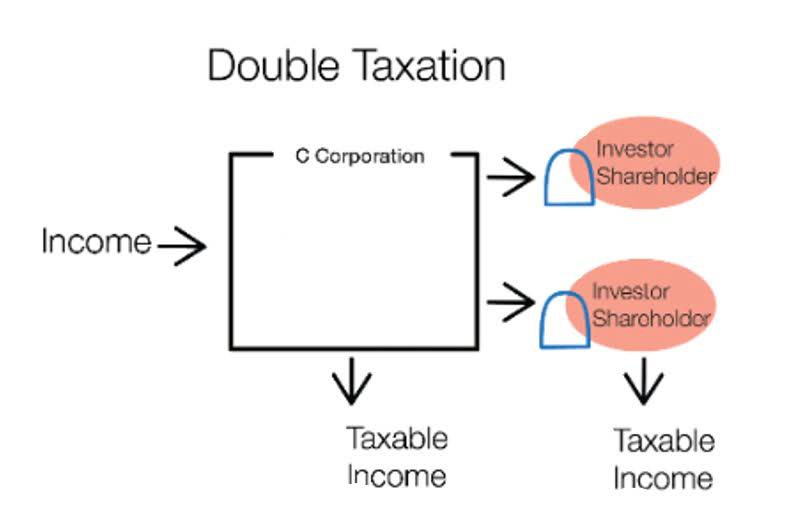
Hence, one of the predetermined overhead rate major advantages of predetermined overhead rate formula is that it is useful in price setting. For example, assume a company expects its total manufacturing costs to amount to $400,000 in the coming period and the company expects the staff to work a total of 20,000 direct labor hours. In order to calculate the predetermined overhead rate for the coming period, the total manufacturing costs of $400,000 is divided by the estimated 20,000 direct labor hours. The predetermined overhead rate is a tool businesses use to estimate manufacturing overhead costs before production begins. Instead of waiting until the end of an accounting period to assign overhead, companies use POHR to distribute these costs in real time. The production manager has told us that the manufacturing overhead will be $ 500,000 for the whole year and the company expected to spend 20,000 hours on direct labor.
- For instance, if the activity base is machine hours, you calculate predetermined overhead rate by dividing the overhead costs by the estimated number of machine hours.
- It is equal to the estimate overhead divided by the estimate production quantity.
- This comparison can be used to monitor or predict expenses for the next project (or fiscal year).
- The company estimates that 4,000 direct labors hours will be worked in the forthcoming year.
- This is related to an activity rate which is a similar calculation used in activity-based costing.
- Manufacturing overhead is allocated to products for various reasons including compliance with U.S. accounting principles and income tax regulations.
Examples of Predetermined Overhead Rate

This is calculated at the start of the accounting period and applied to production to facilitate determining a standard cost for a product. Commonly used allocation bases are direct labor hours, direct labor dollars, machine hours, and direct materials cost incurred by the process. If an actual rate is computed monthly or quarterly, seasonal factors in overhead costs or in the activity base can produce fluctuations in the overhead rate. For example, the costs of heating and cooling a factory in Illinois will be highest in the winter and summer months and lowest in the spring and fall. If the overhead rate is recomputed at the end of each month or each quarter based on actual costs and activity, the overhead rate would go up in the winter and summer and down in the spring and fall.
Direct Labor Cost Example
- By using the predetermined rate product costs and therefore selling prices can be calculated quickly throughout the year without the need to wait for actual overheads to be determined and allocated.
- The most prominent concern of this rate is that it is not realistic being that it is based on estimates.
- Nonetheless, it is still essential for businesses to reconcile the difference between the actual overhead and the estimated overhead at the end of their fiscal year.
- The predetermined overhead rate is, therefore, usually used for contract bidding, product pricing, and allocation of resources within a company, based on each department’s utilization of resources.
- He has been the CFO or controller of both small and medium sized companies and has run small businesses of his own.
This comparison can be used to monitor or predict expenses for the next project (or fiscal year). The formula for a predetermined overhead rate is expressed as a ratio of the estimated amount of manufacturing overhead to be incurred in a period to the estimated activity base for the period. Take, for instance, a manufacturing company that produces gadgets; the production process of the gadgets would require raw material inputs and direct labor. These two factors would definitely make up part of the cost of producing each gadget. The estimated manufacturing overhead cost applied to the job during the accounting period will be 1,450.
Examples of predetermined overhead rate

Therefore, the one with the lower shall be awarded the auction winner since this project would involve more overheads. Implementation of ABC requires identification and record maintenance for various overheads. This record maintenance and cost monitoring is expected to increase the administrative cost. So, the businesses need to do a cost-benefit analysis before implementing the ABC system of costing. Further, overhead estimation is useful in incorporating seasonal variation and estimate the cost at the start of the project. The business is labor-intensive, and the total hours for the period are estimated to be 10,000.

Income Statement Under Absorption Costing? (All You Need to Know)
The overhead applied to products or job orders would, therefore, be different from the actual overhead incurred by jobs or products. The comparison of applied and actual overhead gives us the amount of over or under-applied overhead during the period which is eliminated through recording appropriate journal entries at the end of the period. The company needs to use predetermined overhead rate to calculate the cost of goods sold and inventory balance. Cost of goods sold equal to the sales quantity multiply by the total cost per unit which include the overhead cost. We also use the same rate to calculate the inventory balance at the end of accounitng period. However, the variance between actual overhead and estimated will be reconciled and adjust to the financial statement.
The direct cost is easily allocated in the product cost as we need to allocate the quantity in line with the usage. At the end of the accounting period the applied overhead is compared to the actual overhead and any difference is posted to the cost of goods sold or, if significant, to work in process. A manufacturer producing a variety of products that require different processes will have multiple overhead rates known as departmental overhead rates instead of just one plant-wide overhead rate. As a result, https://www.bookstime.com/tax-rates/new-york there is a high probability that the actual overheads incurred could turn out to be way different than the estimate. The total manufacturing overhead cost will be variable overhead, and fixed overhead, which is the sum of 145,000 + 420,000 equals 565,000 total manufacturing overhead. The activity base needs to be a measure which will apply the manufacturing overhead to the products on a fair and impartial basis.

- For instance, cleaning and maintenance expenses will be absorbed on the basis of the square feet as shown in the table above.
- Common activity bases used in the calculation include direct labor costs, direct labor hours, or machine hours.
- In recent years increased automation in manufacturing operations has resulted in a trend towards machine hours as the activity base in the calculation.
- Albert Shoes Company calculates its predetermined overhead rate on the basis of annual direct labor hours.
- This variance is adjusted in financial statements, often through cost of goods sold (COGS).
- That is, a number of possible allocation bases such as direct labor hours, direct labor dollars, or machine hours can be used for the denominator of the predetermined overhead rate equation.
- The example shown above is known as the single predetermined overhead rate or plant-wide overhead rate.
Hence, it is essential to use rates that determine how much of the overhead costs are applied to each unit of production output. This is why a predetermined overhead rate is computed to allocate the overhead costs to the production output in order to determine a cost for a product. The predetermined overhead rate is, therefore, usually used for contract bidding, product pricing, and allocation of resources within a company, based on each department’s utilization of resources.
Advance Your Accounting and Bookkeeping Career
- The controller of the Gertrude Radio Company wants to develop a predetermined overhead rate, which she can use to apply overhead more quickly in each reporting period, thereby allowing for a faster closing process.
- It’s important to note that if the business uses the ABC system, the individual activity is absorbed on a specific basis.
- However, there is a strong need to constantly update the production level depending on the seasonal fluctuations and the factor affecting the demand of the product.
- JKL’s profit plan for the new year includes $1,200,000 as the budgeted amount of manufacturing overhead.
- The differences between the actual overhead and the estimated predetermined overhead are set and adjusted at every year-end.
- It’s a simple step where budgeted/estimated cost is divided with the level of activity calculated in the third stage.
If the actual overhead at the end of the accounting period is 1,575 the overhead is said to be under applied by 75 (1,500 – 1,575) as shown in the table below. The overhead is applied to the product units at the rate of 2.50 for each labor hour used. The differences between the actual overhead and the estimated predetermined overhead are set and adjusted at every year-end. Businesses normally face fluctuation in product demand due to seasonal variations. Fixed overheads are expected to increase/decrease per unit in line with the seasonal variations. So, the cost of a product in one period may not reflect the cost in another period—for instance, the cost of freezing fish increases in the summer and lowers in the winter.
How to find predetermined overhead rate: Example 1
The management concern about how to find a predetermined overhead rate for costing. Therefore, in simple terms, the POHR formula can be said to be a metric for an estimated rate of the cost of manufacturing a product over a specific period of time. That is, a predetermined overhead rate includes the ratio of the estimated accounting overhead costs for the year to the estimated level of activity for the year. Commonly, the manufacturing overhead cost for machine hours can be ascertained from the predetermined overhead rate in the manufacturing industry. Further, it is stated that the reason for the same is that overhead is based on estimations and not the actuals. Suppose that X limited produces a product X and uses labor hours to assign the manufacturing overhead cost.
